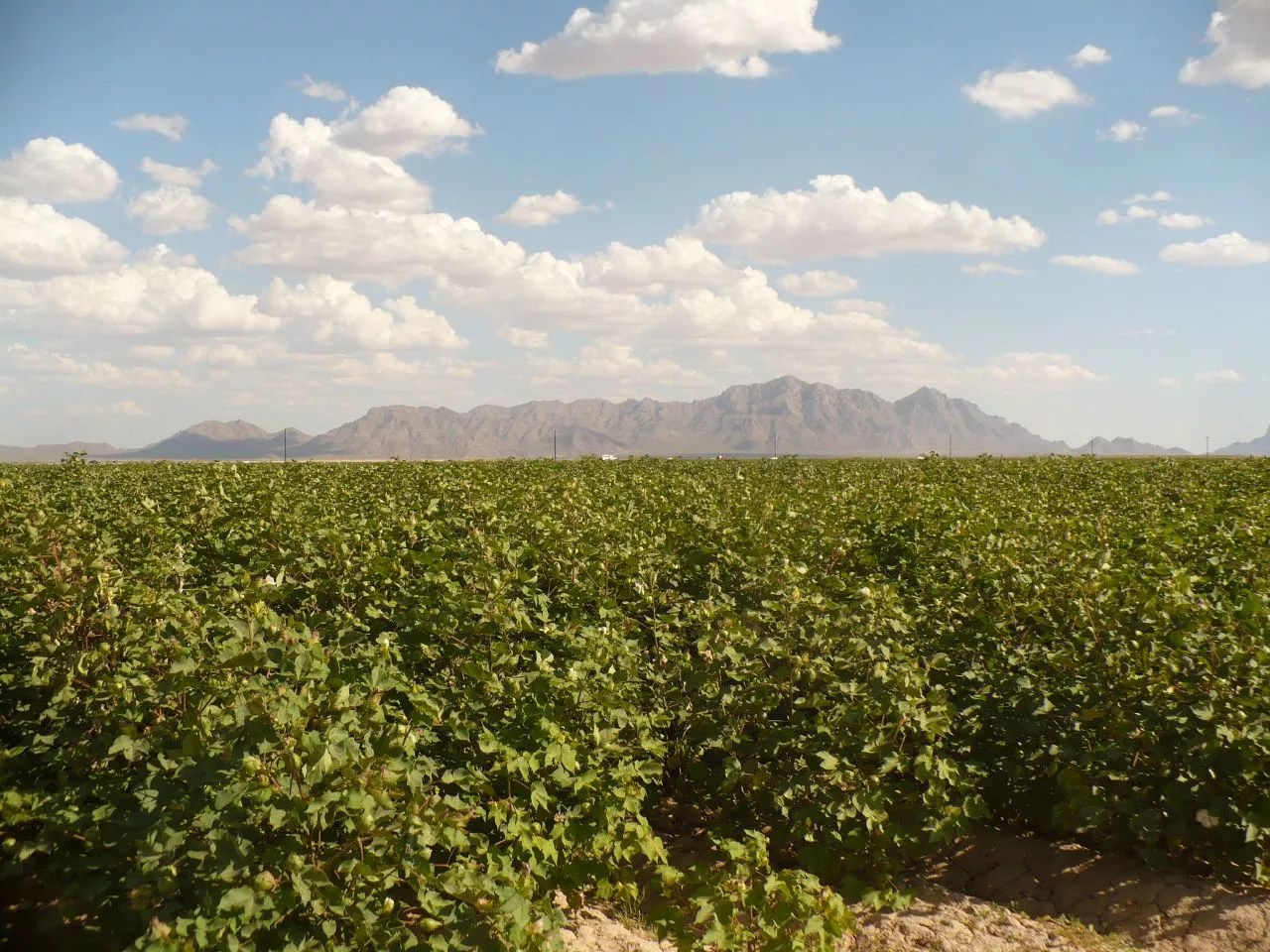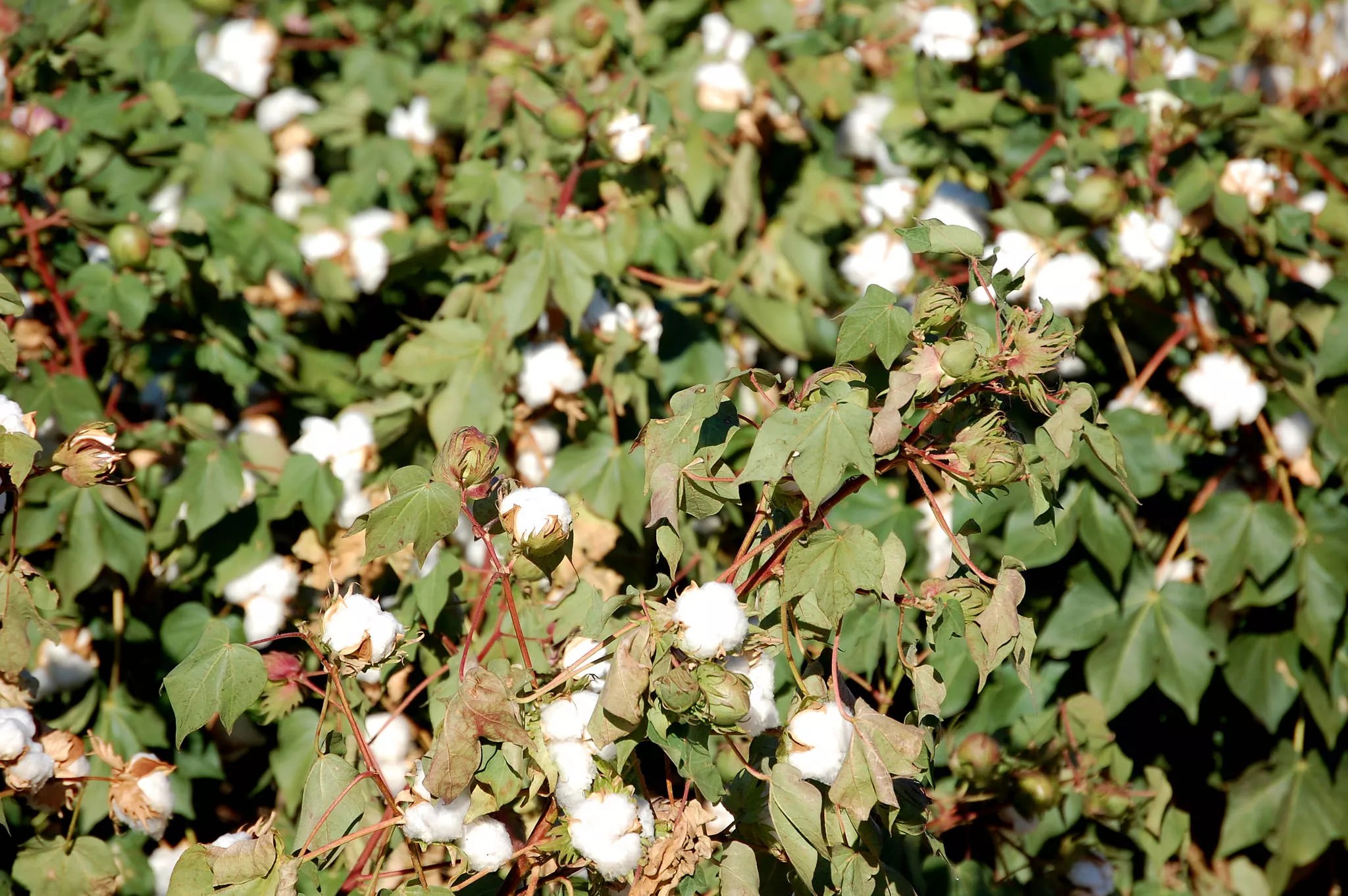

Audio By Carbonatix
As Arizona nears a federal deadline to finalize an agreement over cuts to its Colorado River water, a new study highlights the economic implications of these losses for one particular group: Pinal County farmers.
The study was published in late December by economists at the University of Arizona and commissioned by two Pinal County irrigation districts. Its findings are not so much groundbreaking as they are well-timed, because the Arizona legislature needs to sign off on the Colorado River agreement, known as the Drought Contingency Plan, by January 31, or the federal government will step in.
“What we wanted to present was, ‘Here’s the lay of the land. Here’s how agriculture and agribusiness fit in the county economy,'” said George Frisvold, a professor at the University of Arizona. He is a co-author of the study, along with Ashley Kerna Bickel and Dari Duval, who are economic impact analysts at the University of Arizona.
The study looked not only at on-farm sales but at the “ripple” of economic activity from agriculture. This includes industries like insurance, banking, and fertilizer manufacturing that provide services and goods to farmers; downstream industries like food manufacturing; and the economic activity that those farmers generate when they or their employees spend their income on, say, going out to eat or buying new clothes.
When they added up all of this economic activity – not just what farms sell, but also what farmers and their employees spend, and how much other businesses like food manufacturers contribute – the researchers arrived at $2.3 billion for 2016. That figure is quite close to the $2.2 billion that representatives of agriculture in Pinal County have brought up during drought negotiation meetings this past fall.
However, when the researchers looked solely at sales from on-farm agriculture, such as livestock and crop production, they found that it contributed $1.1 billion to Pinal County’s economy to 2016.
In the western parts of Pinal County, agriculture reigns: cattle and calves, milk, cotton, and alfalfa. In 2012, the most recent year for which these statistics were available, the county had 938 farms covering 1.17 million acres.
The report, parts of which the researchers plan to submit for peer review, was not especially technical, Frisvold said. Mostly, it cobbles together numbers from government and industry sources. The researchers used numbers from 2016 was because those were the most recent available, he said.
Frisvold and his colleagues also ran simulations based on hypothetical cutbacks of 300,000 acre-feet of water per year. (An acre-foot is approximately 326,000 gallons.) He said that number was in the ballpark of what drought negotiators had been batting around. “It’s not meant to be a particular projection or forecast of any kind of specific proposal that’s coming up,” he said.
However, 300,000 acre-feet is slightly more than what farmers currently take from the Colorado River. According to Paul Orme, a lawyer who represents the three largest irrigation districts in Pinal County, agriculture takes about 250,000 to 275,000 acre-feet of water per year from the Colorado River.
How much of that Pinal County will lose remains to be seen. “We won’t know for sure until it actually happens,” Orme said in December. “But it’s going to be very disruptive.”

Buds of cotton in Florence, Arizona.
Using the figure of 300,000 acre-feet, the University of Arizona tested six scenarios with different combinations of fallowed crops to examine the economic impacts in Pinal County. What if farmers fallowed all their wheat and some alfalfa? All of their alfalfa? Half alfalfa and half cotton? The number of acres fallowed in their simulations ranged from 54,500 to 71,100 acres – between a quarter and a third of irrigated cropland in Pinal County.
Under these simplified scenarios, on-farm sales would fall by anywhere from $63.5 million to $66.7 million in a year, amounting to losses of roughly 7 percent. On top of that, the county would see economic losses of $31.7 to $35 million in value-added economic activity. Reducing crop production would also cause the loss of 270 to 480 jobs, the researchers projected.
However, the study did not incorporate the possibility of offsetting the farmers’ loss of water from the Colorado River by either receiving water from other users or by pumping groundwater, as Arizona’s latest plan to implement cuts in Colorado River water calls for.
This new study emerges just a few weeks before the Arizona legislative session opens on January 14. At that point, lawmakers will have just over two weeks to put their stamp of approval on a plan laying out how different groups in Arizona will share cuts to their supply of Colorado River water.
The Colorado River has been given a 57 percent chance of reaching shortage levels in 2020. Under a shortage, Arizona stands to lose 512,000 acre-feet of the 2.8 million acre-feet of water it takes from the Colorado River each year – and the agricultural sector would be the first to take cuts.
Notably, the study did not mention that it was commissioned by Maricopa Stanfield Irrigation and Drainage District and Central Arizona Irrigation and Drainage District. The National Oceanic and Atmospheric Administration and general University of Arizona Cooperative Extension funding also helped fund the study, Frisvold said.
Joe Sigg, a lobbyist for Maricopa Stanfield Irrigation and Drainage District, said the districts had requested and paid for the study because of “a void of information” regarding Pinal agriculture. “We asked them to explore certain questions, but their work was their own, without our influence,” he added.
Frisvold said that the irrigation districts had approached the university in the fall, looking for specific and short-term figures on Pinal County agriculture. He is working on a long-term project looking at water shortages in the Colorado Basin, and he has also collaborated on previous, similar studies looking at the contributions of agriculture to local economies elsewhere in Arizona, such as Maricopa County and the Gila River Indian Community.